Today is the 98th anniversary of the birth of the late master artist SM Sultan.
His lifelong endeavour to decolonise art and frame the visual tradition of this region through a revision of thoughts and discourses began after he settled in his village home in Narial in the early 1950s.
Sultan’s utopian vision based on an ideal village life started to emerge in his panoramic canvases in the early 1970s after Bangladesh came into being. Sultan returned to storytelling in his paintings and continued to glorify village life and peasants till his death.
New Age talked to artist and researcher Nisar Hossain, artist Dhali Al Mamoon, writer and teacher Dipti Rani Datta to examine what made Sultan stand out among his contemporaries and why he is still relevant today.
Professor Nisar Hossain, dean of the fine arts faculty, Dhaka University, thinks that SM Sultan not only rejected colonial language but also colonial lifestyle.
‘He returned to his village to live a simple life away from the influence of colonialism. There, he offered a completely different interpretation of the language he had learnt in Kolkata and successfully mould it from within our socio-cultural context,’ he said.
On the relevance of SM Sultan today, Nisar Hossain said, ‘The way of life and the rural culture SM Sultan emphasised through his works is near to vanishing away. Today’s young people might not associate themselves with practice based on a rural past that is no longer relevant in their life. So, Sultan’s works will always carry great historical value but not much relevance in the context of contemporary life.’
Dhali Al Mamoon, associate professor of the fine arts department at the University of Chittagong, mentioned how SM Sultan’s works influenced the artists during the 1980s, especially those who launched the group ‘Shomoy’, which literally translates to time.
‘Back then, mainstream Bangladeshi art was mostly defined by various types of abstraction as artists were heavily influenced by Europe. We wanted to bring back our tradition and found out that SM Sultan was doing extensive figurative works. He completely rejected the urban life and embraced the rural lifestyle and painted in a completely different style,’ he said.
Al Mamoon also talked about how Sultan, despite being a modernist, initiated his decolonisation process through his landscapes populated by the peasantry.
‘The idea of modernity is interconnected with European colonial ideas. Sultan internalised modern influence, but his narratives were anti-modern. His endeavour to make his own paints from local ingredients and prepare his canvas with saps of the gab fruit was also part of the decolonisation process,’ he added.
Dipti Rani Datta, a teacher of the oriental art department at the fine arts faculty of the University of Dhaka, feels that it is time to rethink the way we look at Sultan and his works.
‘Muscular human figures have become predominantly synonymous with Sultan’s work. I wanted to re-evaluate his works and re-evaluate Sultan as a person to understand his works from a gendered perspective. We need to redefine Sultan by placing his personality close to his total oeuvre to elicit a new reading,’ said Dipti Rani Datta.
‘Gender is Performance was the title of the exhibition where I had a cross-media presentation spun around the theme of Sultan and his life. All I wanted to accomplish through my curation was to raise some questions aimed at the pyramidal structure of knowledge to break down Sultan’s works,’ she said.
SM Sultan was born at Masumdia village in Narail Sadar upazila on August 10, 1924.
He found an interest in drawing and painting at an early age. Patronised by Dhirendra Nath Roy, an art-loving zamindar of the village in which he lived, SM Sultan went to study art at the government art college in Kolkata but decided to quit in 1943, halfway through the six-year course.
He is well known for his canvases populated with robust peasants, glorifying the inner spirit of the native folks who eked out a collective life amidst nature.
He represented Pakistan at the international conference of artists in the USA in 1950. His works were displayed in Simla, Lahore, Boston, New York, Chicago, Washington and London.
Sultan returned to Dhaka in the early 1950s with the dream of establishing an art movement that would represent the tradition of the region but struggled throughout his life to reach his goal.
He received many awards including Ekushey Padak in 1982, Bangladesh Charu Shilpi Sangsad Award in 1986 and Independence Award in 1993.
Bangladesh government declared him as a ‘resident artist’ in 1984.
SM Sultan passed away on October 10, 1994.
The article has been published from Newage




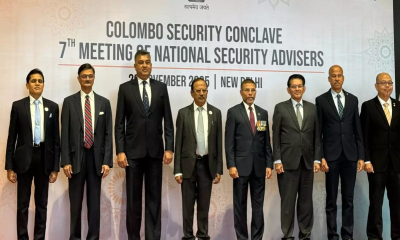
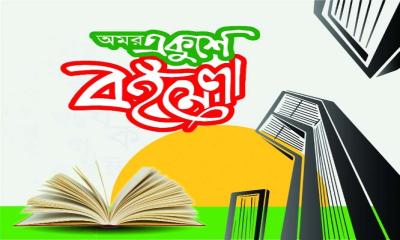
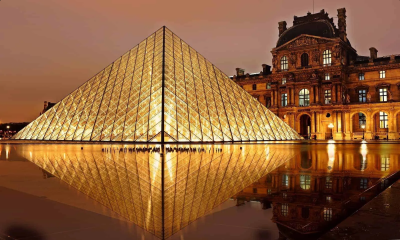

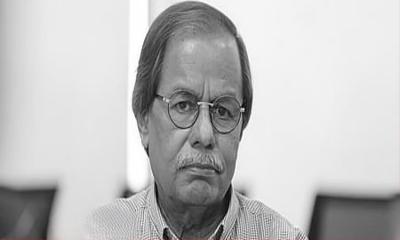

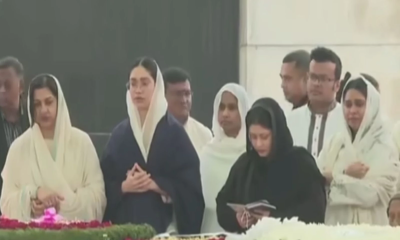
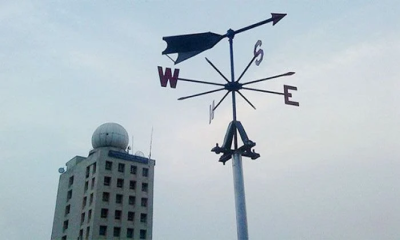
-(2)-20260102070806.jpeg)


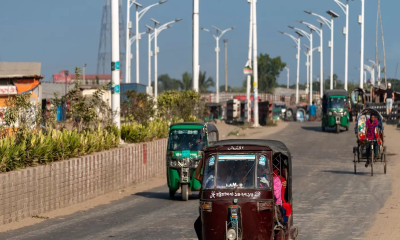
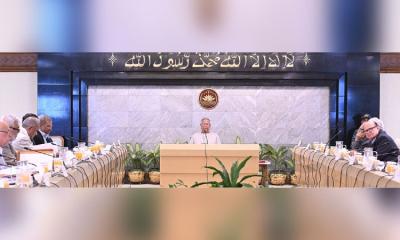
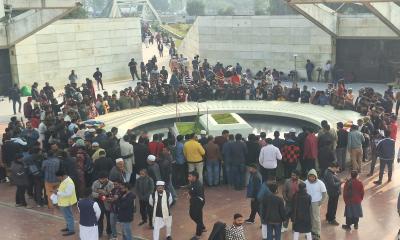
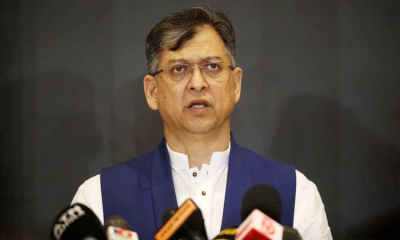
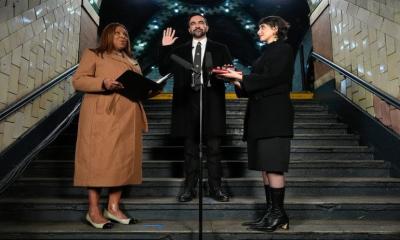

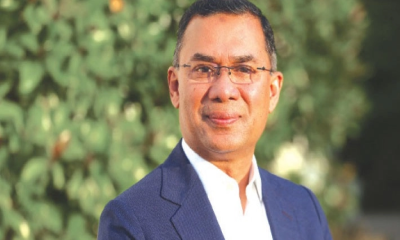

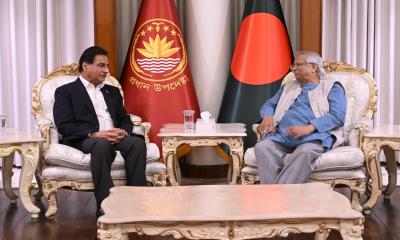
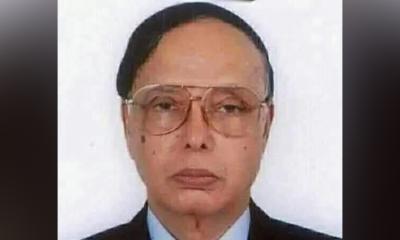
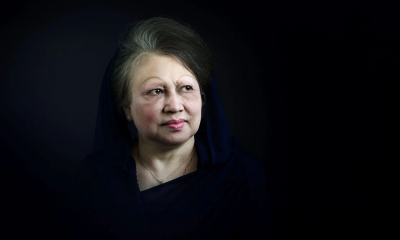
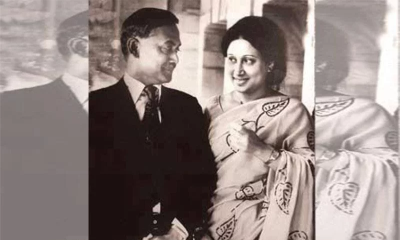
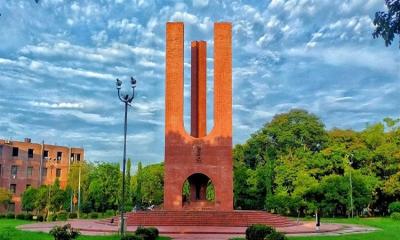
-20251227141313.jpeg)
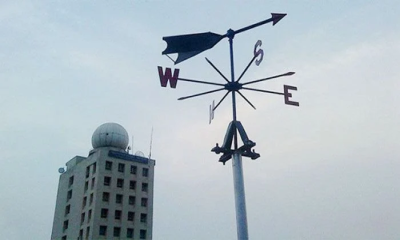
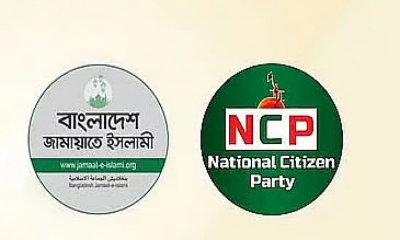
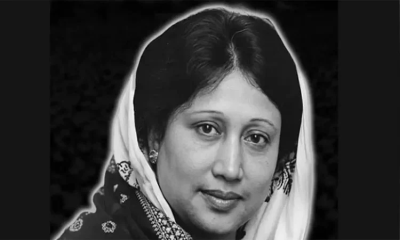
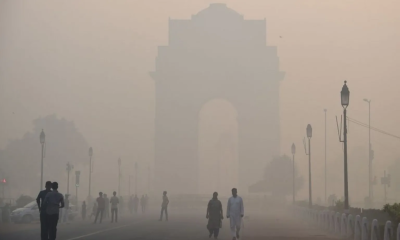
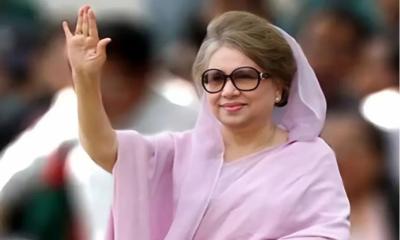
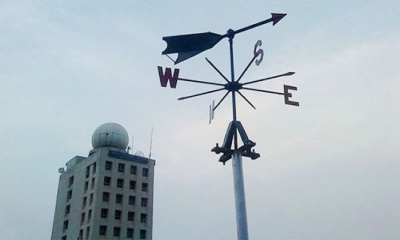

-20251229113834.jpg)

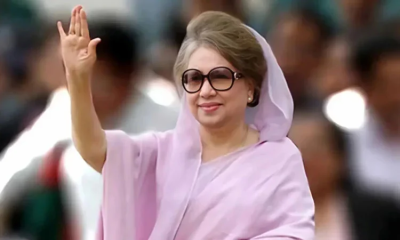
-20251228081840.jpeg)